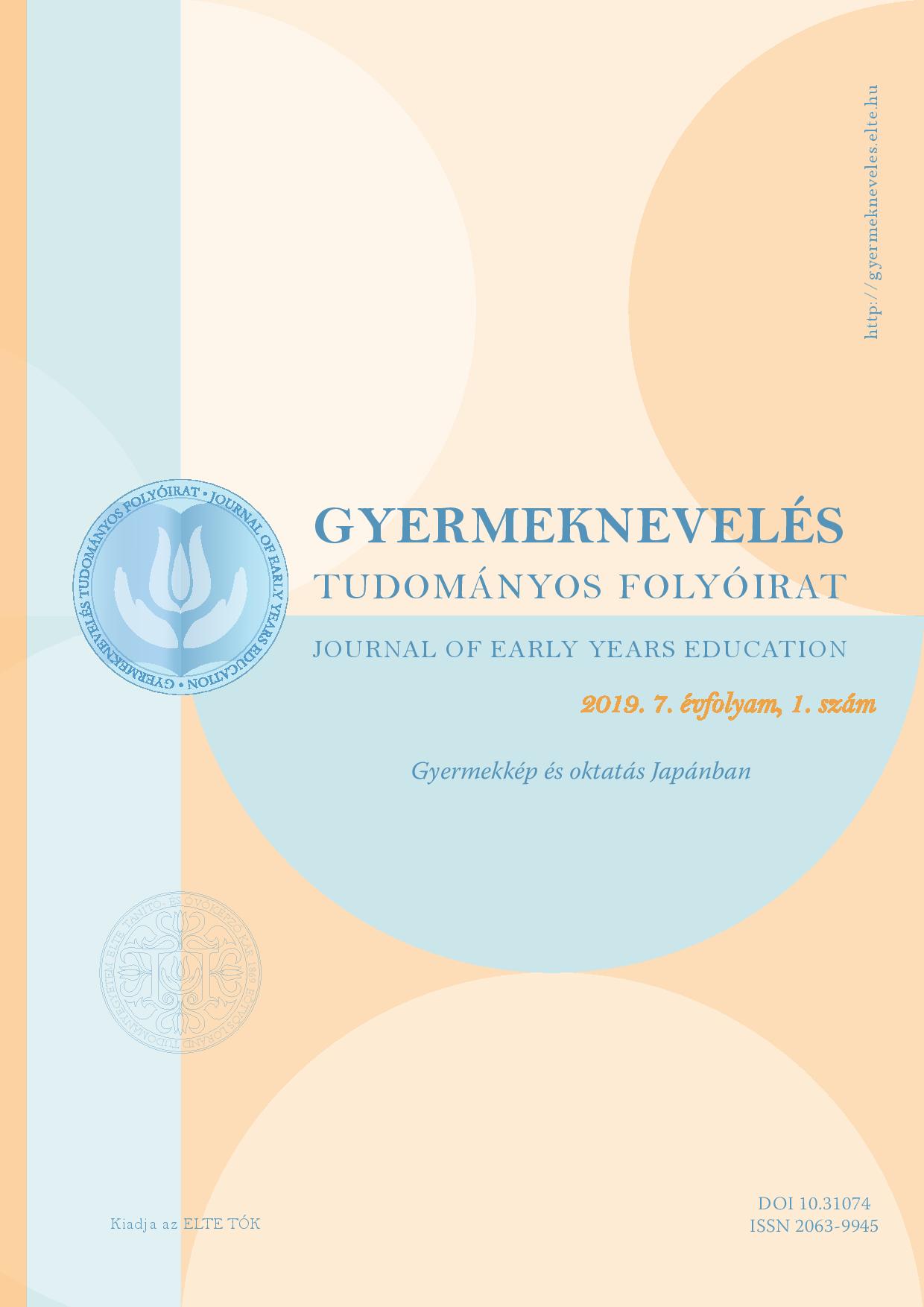Egy szál krizantém. Miért különleges a hagyományos japán tudásátadás?
DOI:
https://doi.org/10.31074/gyn201916976Keywords:
tudatfejlődés, kitartás, elkötelezettség, személyes képességek figyelembevétele, mester-tanítványAbstract
In the far-east, mainly in Japan, the still existing archaic educational methods and mentality are basically different from the common and accepted paradigm system of the present globalized world. However, it is clear that the process forced on the education almost unnoticed by the globalization cannot be stopped in Japan, either. The educational method studied here indicates significant changes compared with the usual or even the Euro-Atlantic mentalities. This change derives from the Buddhism, as well as from the ideologies of Shintoism and Taoism. The mentality analyzed here is quite practical. The learning praxis makes the attention stronger and more focused requiring immediate skills of decision-making. The “absence” is a strong requirement which means that the Student, instead of considering his content of mind when making his/her own decision, reacts according to the present situation. The exercises prepare the Student how to “multitask” but to focus on one thing at the same time. It can make the exclusion of emotions (content of mind) more effective when making a decision developing the skill of tolerance for monotony as well as individual decision-making skills. Being aware of the chain of causality forming and influencing our deeds it takes the responsibility of the individual as a basis. It tries to avoid the application of the European sentimentalism. The learning process makes the Student get rid of his/her Ego or at least keep it under control. It makes the Student be humble to the “curriculum”. The whole process is about how to form a completely new personality.
Downloads
Downloads
Published
How to Cite
Issue
Section
License
Copyright (c) 2019 Author

This work is licensed under a Creative Commons Attribution-NonCommercial-ShareAlike 4.0 International License.

